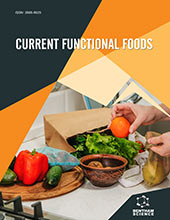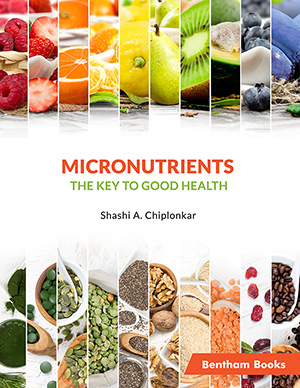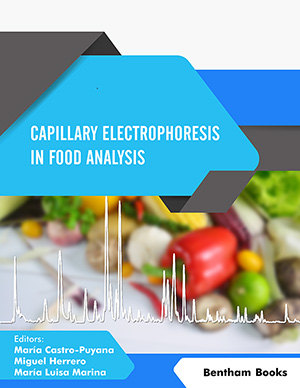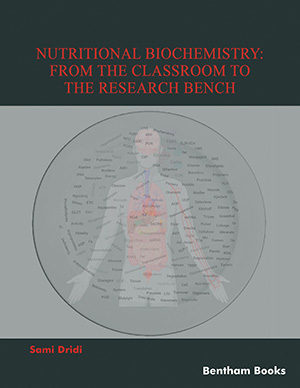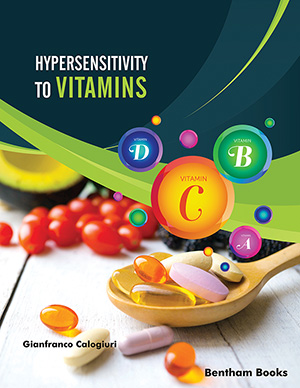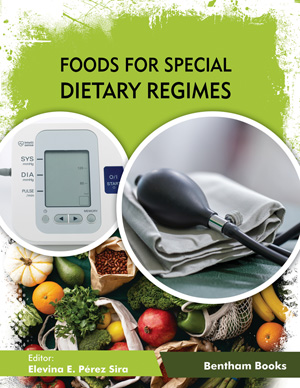
Abstract
Background: The viability of the probiotics reduces because of the high acid and bile salt concentrations present in the stomach. Probiotic cultures can be protected during processing, storage and passage of the probiotic product through the gastrointestinal tract by the technique of microencapsulation.
Objective: In the present study, Exopolysaccharides (EPS) and sodium alginate are incorporated in a different ratio to form the encapsulation matrix. They have also been checked for improving the viability of lactic acid bacteria in simulated GI conditions.
Methods: EPS were isolated from a reference strain of L. acidophillus and the two strains P8 and Cu3 isolated from pumpkin and cucumber. Microencapsulated beads were formed using a different combination of EPS and sodium alginate and were analysed in terms of viability, bile tolerance, acid tolerance, survival in gastrointestinal conditions, and antibiotic susceptibility conditions.
Results: The results indicated that the increasing concentration of EPS has significantly increased the survival of microencapsulated probiotic in simulated gastrointestinal conditions. The treatment T4 was found to be the best for all the tested conditions.
Conclusion: This study has shown the potential application of EPS in microencapsulation to protect probiotics against the adverse condition of the gastrointestinal tract.
Keywords: Acid tolerance, bile tolerance, exopolysaccharides, gastrointestinal conditions, microencapsulation, probiotics.
[http://dx.doi.org/10.1016/j.tifs.2007.01.004]
[http://dx.doi.org/10.1016/j.idairyj.2007.01.014]
[http://dx.doi.org/10.1016/j.jff.2009.02.001]
[http://dx.doi.org/10.1128/AEM.01078-06] [PMID: 17012595]
[http://dx.doi.org/10.20546/ijcmas.2016.507.102]
[http://dx.doi.org/10.3109/02652040902982183] [PMID: 19545220]
[http://dx.doi.org/10.1016/j.foodres.2009.04.023]
[PMID: 25276184]
[http://dx.doi.org/10.1007/s00284-010-9653-y] [PMID: 20443005]
[http://dx.doi.org/10.1111/j.1399-302X.2007.00402.x] [PMID: 18279182]
[http://dx.doi.org/10.1016/j.foodres.2005.07.007]
[http://dx.doi.org/10.1016/j.ijfoodmicro.2010.06.022] [PMID: 20659775]
[http://dx.doi.org/10.3389/fmicb.2013.00396] [PMID: 24399996]
[http://dx.doi.org/10.1128/AEM.71.6.3060-3067.2005] [PMID: 15933002]
[http://dx.doi.org/10.1111/j.1750-3841.2007.00565.x] [PMID: 18034741]
[http://dx.doi.org/10.3923/biotech.2004.173.180]
 35
35 2
2










